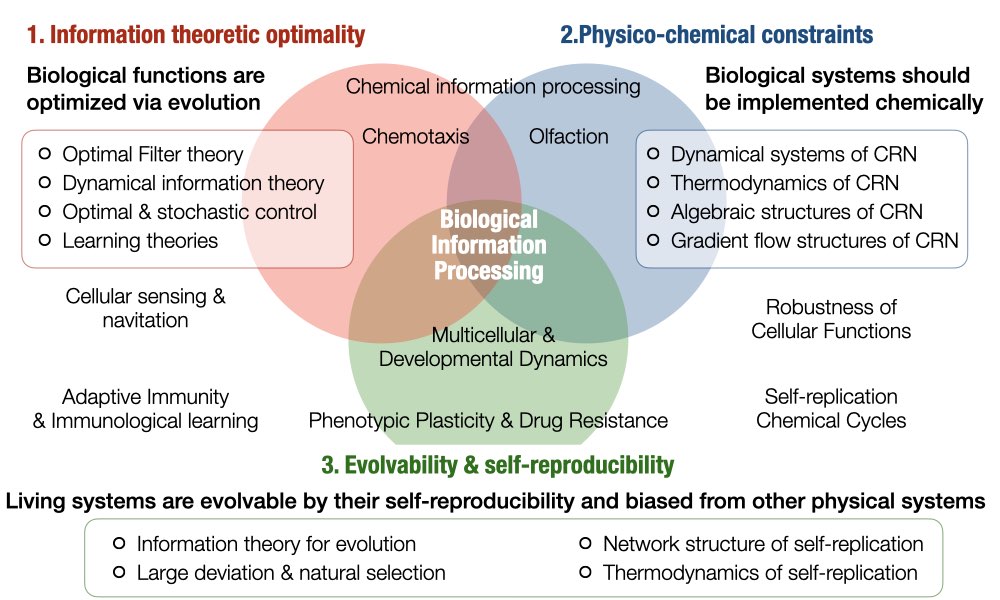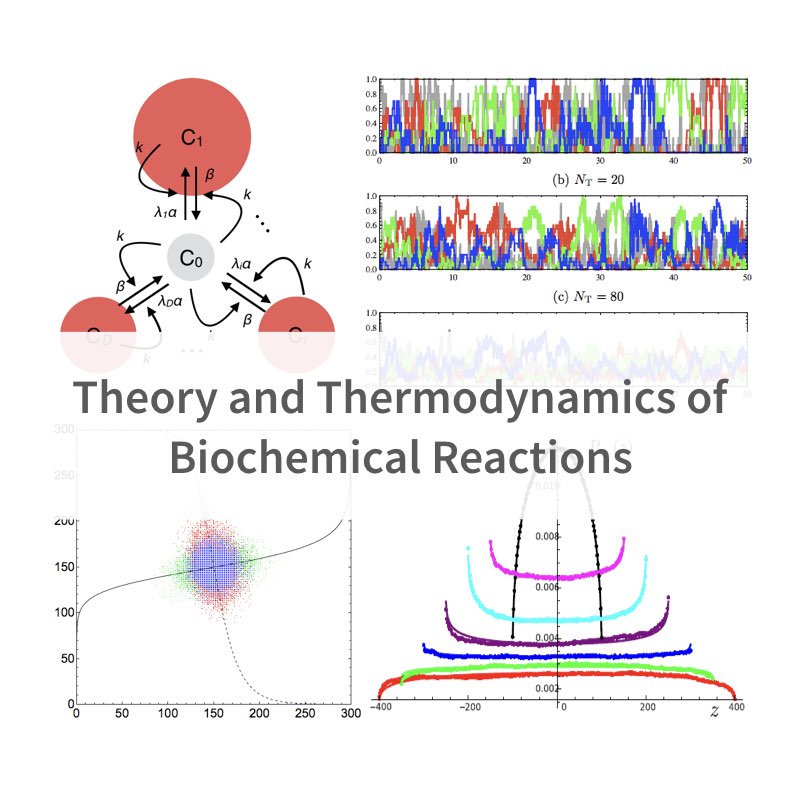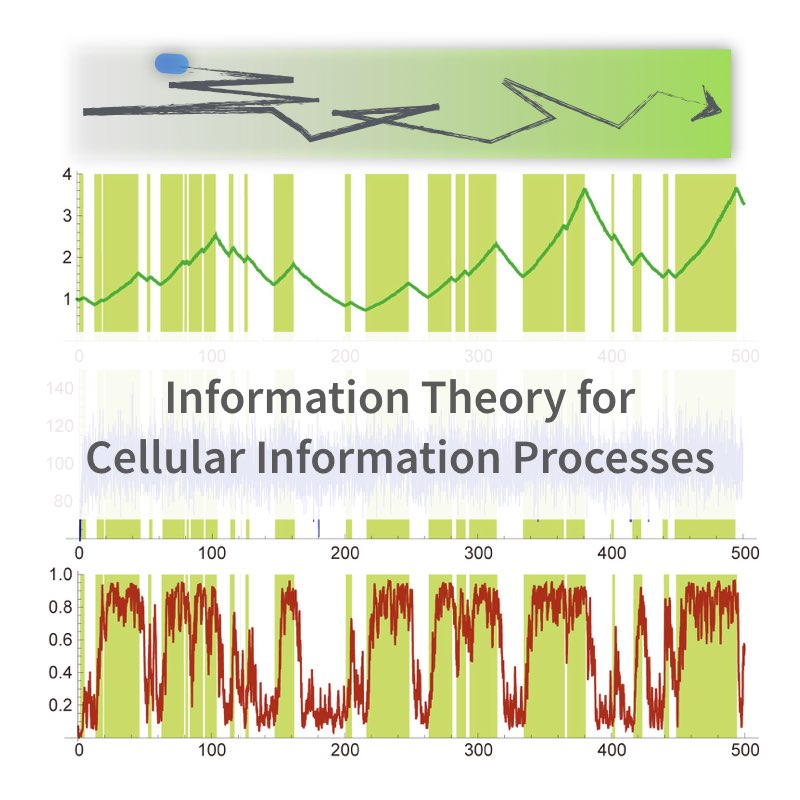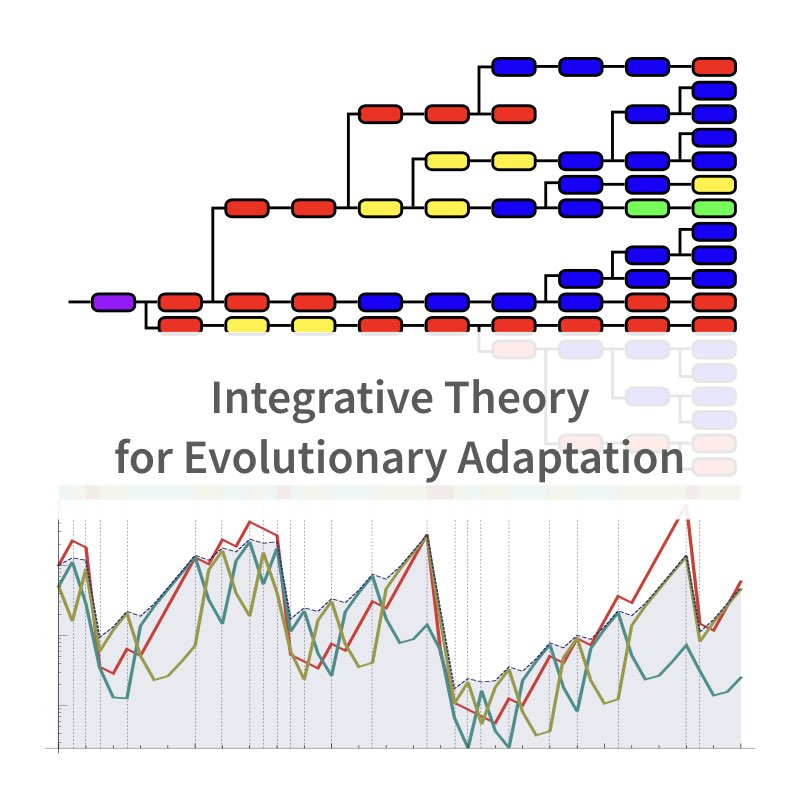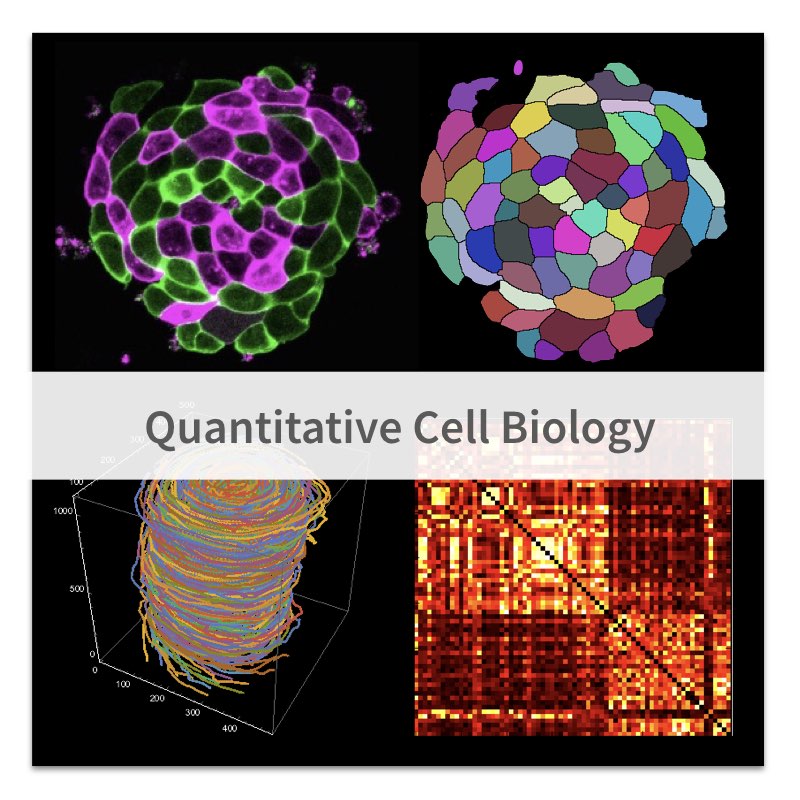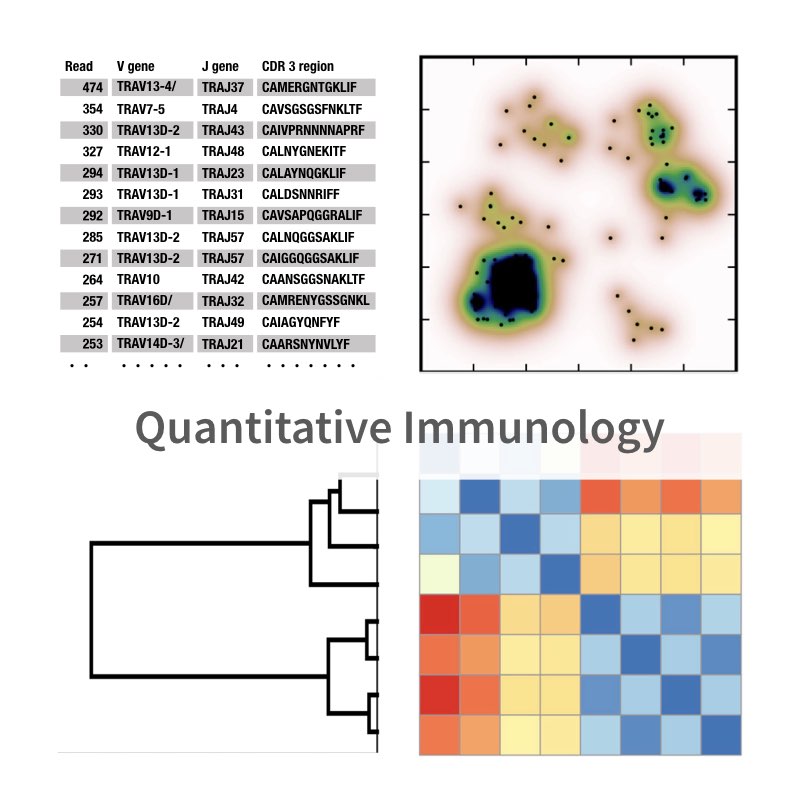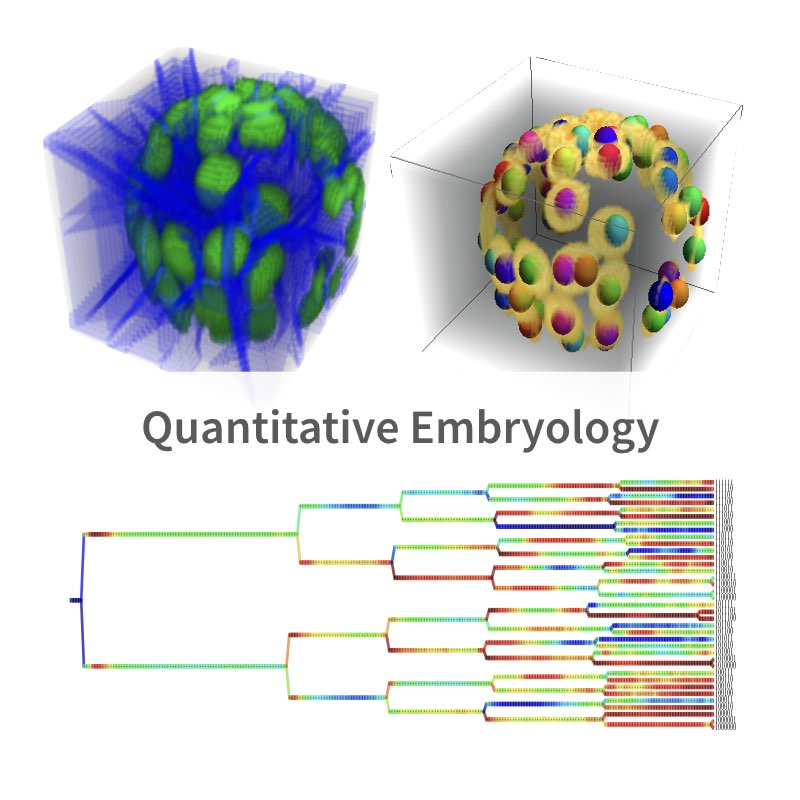Laboratory for Quantitative Biology
Institute of Industrial Science, Univ. Tokyo Learn More SNS & NewsOur Vision and Mission
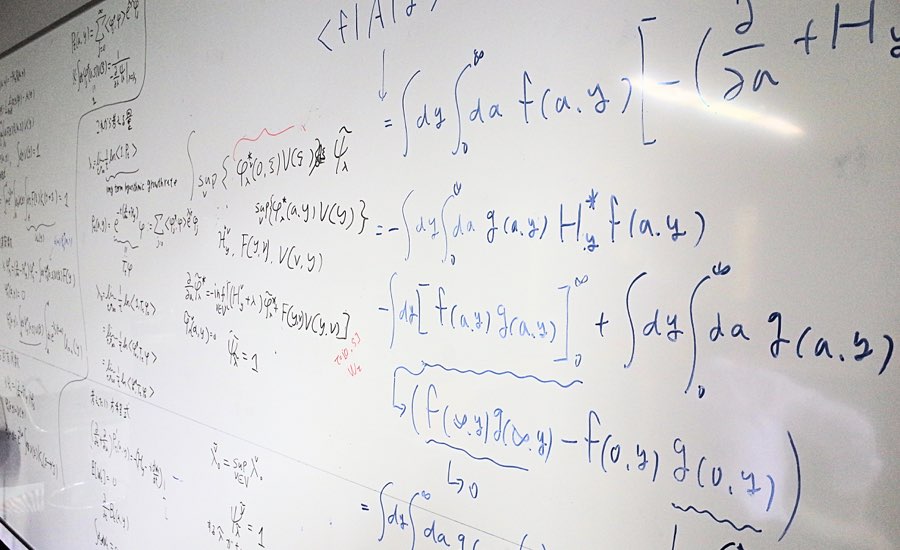
Our primary mission is to unveil the quantitative principles that shape and rule living systems.
In particular, our research activities are focused on elucidating how information is generated, processed, and exploited in living systems by adopting information theoretic approaches.
Through the integration of theoretical and computational approaches with various types of quantitative data, we are taking on the challenge of establishing new quantitative theories for living systems.
Besides providing novel insight into the general principles of living systems, we envision that such theories may in turn be applicable for the design of new computational and engineering systems.
Understanding Biological Information Processing
In order to understand the biological information processing systems created by evolution, we focus on three factors: The first is how efficiently the systems are designed (information-theoretic optimality). The second is how the systems are constrained by physical and chemical laws (physico-chemical constraints). The last is how the systems have been realized by balancing the two factors in the evolutionary process (evolvability and self-reproducibility). We are developing mathematical and informatic methods to deal with these problems and applying them to various phenomena to unveil the principles of biological information processing(Learn more).
What We Do
All theoretical and computational methods have their own concepts and ideas supporting them.
Therefore, developing and creating an appropriate method to accurately explain a natural phenomenon is equivalent to understanding its basic nature,
which should be reflected by the underlying idea of the method adopted.
Indeed, they are two sides of the same coin (Learn more).
Mathematics
Model Inference
Simulations
Bioinformatics
Statistics
Optimization
Our Project Showcase
We are what we did. Our project showcase visually guides you our activities.
But the essence is not in fancy figures but in equations we have obtained.
Recent From Publication
All our publications is on Google Scholar.
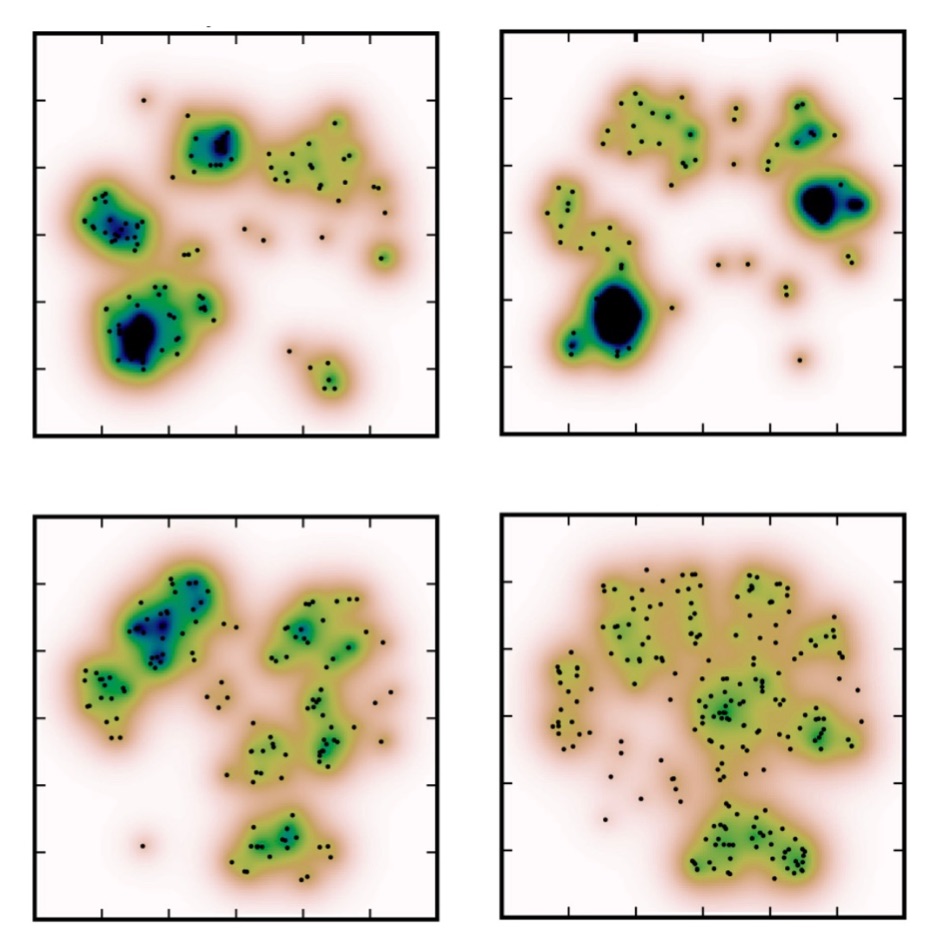
Quantification of Inter-sample differences in t-Cell Receptor Repertoires Using sequenceBased Information
R. Yokota, Y. Kaminaga, TJK Fron. Immunol.:We developed a new dimensionality-reduction-based method to compare TCR repertoires.
Read More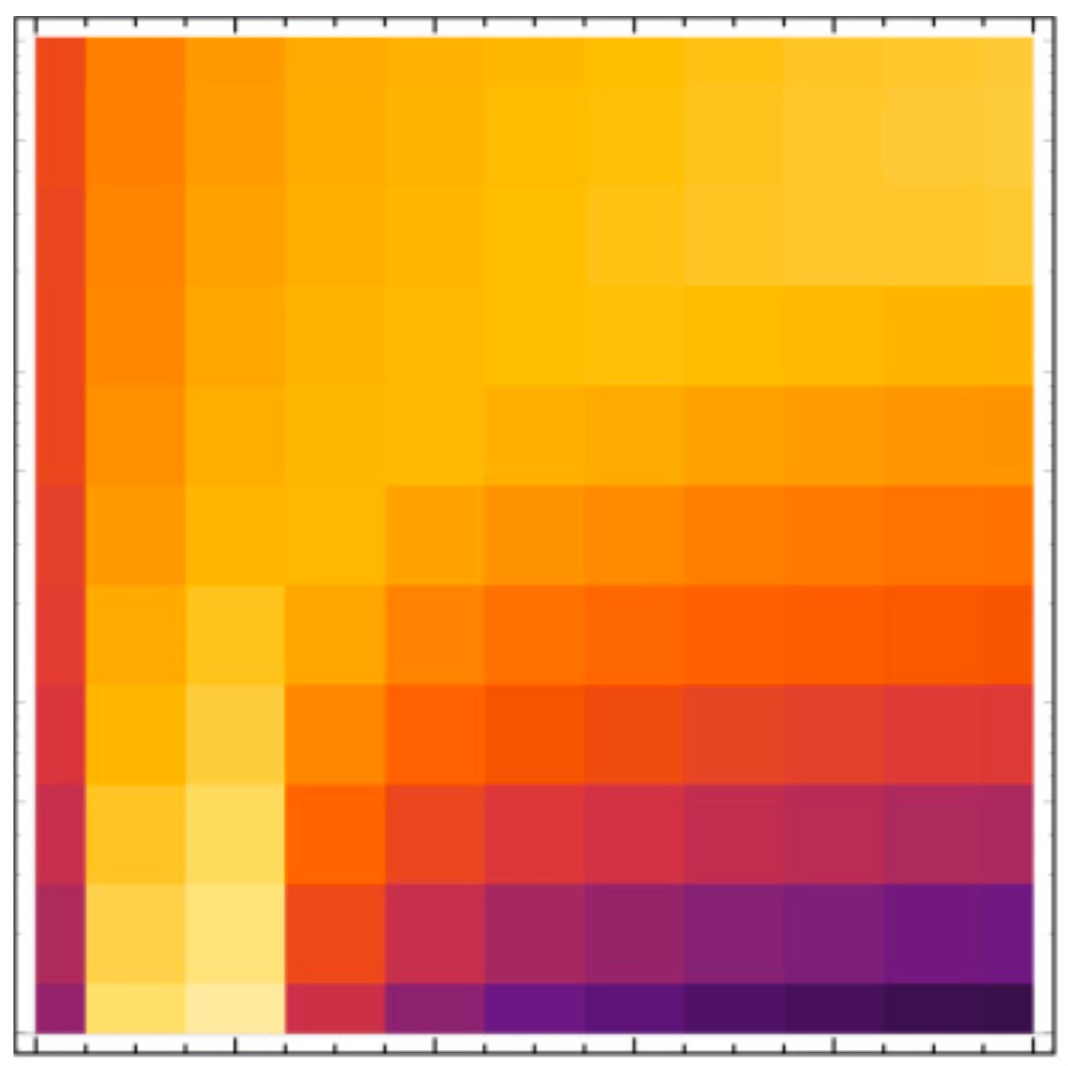
Balancing specificity, sensitivity, and speed of ligand discrimination by zero-order ultraspecificity
M. K. Kajita, K. Aihara, T. J. Kobayashi Phys. Rev. EWe propose a zero-order reaction network that amplifies a small difference between a target and non-target ligands.
Read More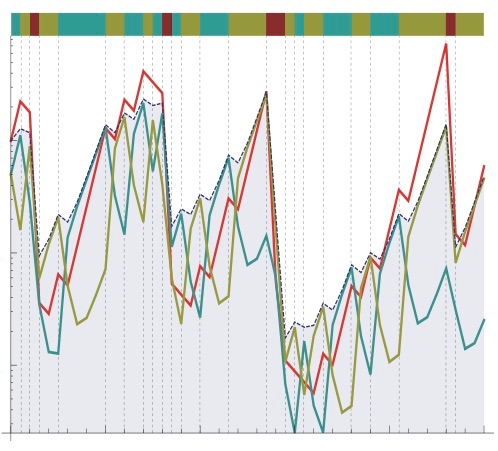
Stochastic and information-thermodynamic structures of population dynamics in a fluctuating environment
T. J. Kobayashi, Y. Sughiyama Phys. Rev. EWe investigated, in detail, the structure that biological adaptation shares with informaiton-thermodynamics.
Read More
Discreteness-induced transitions in multibody reaction systems
Y. Saito, Y. Sughiyama, K. Kaneko, TJK Phys. Rev. E
We reported a new transition of a system induced purely by the descrene nature of a system.
Read More
Fluctuation Relations of Fitness and Information in Population Dynamics
T.J.Kobayashi, Y. Sughiyama Phys. Rev. Lett.We clarified fitness in a changing environment satisfies fluctuation relations as entropy production does.
Read More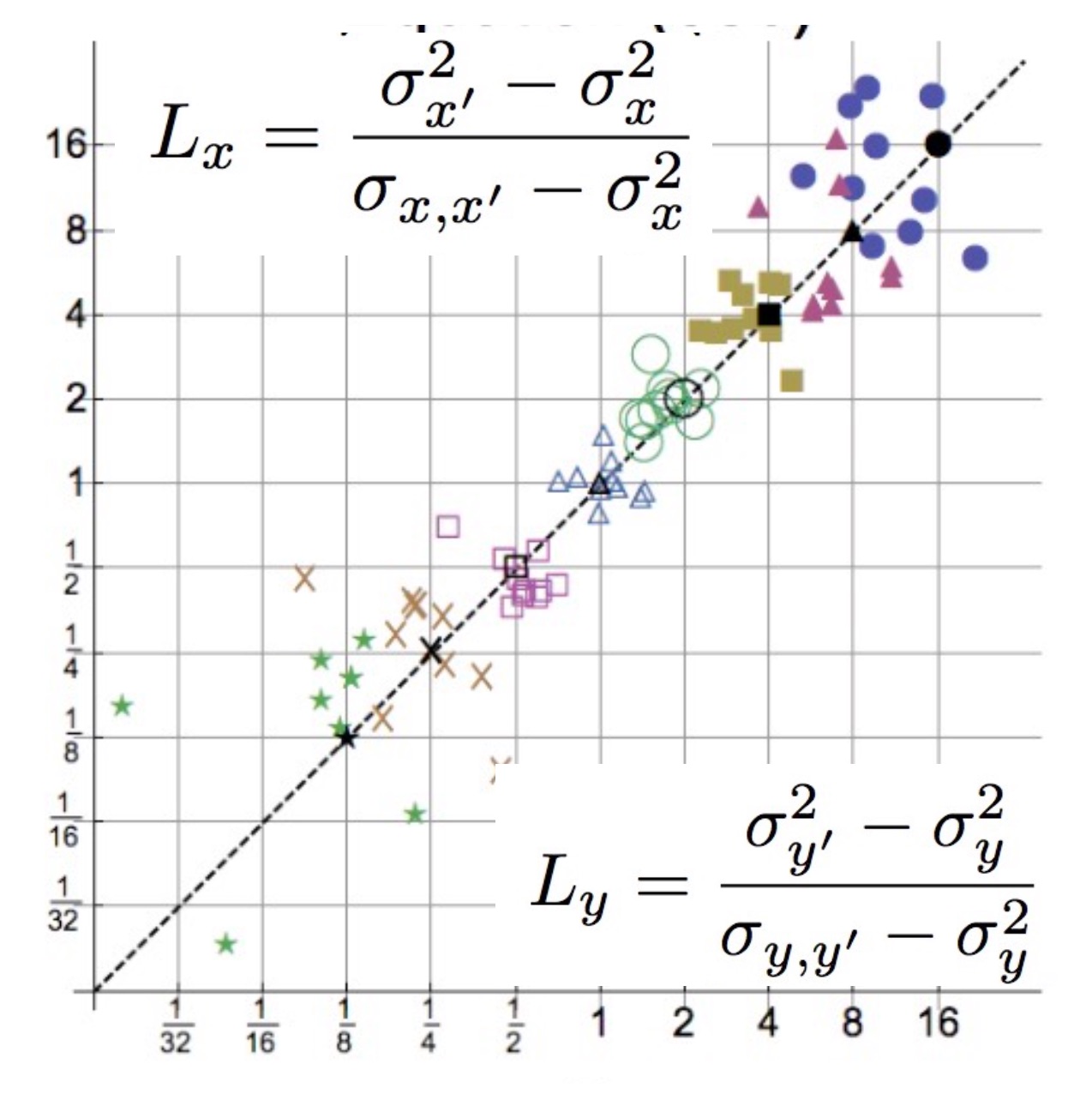
Feedback Regulation and its Efficiency in Biochemical Networks
T.J. Kobayashi, R.Yokota, K. Aihara J. Stat. Phys.We have proposed a method to quantify feedback efficiency by using a conjugate feedfoward & feedback network.
Read More